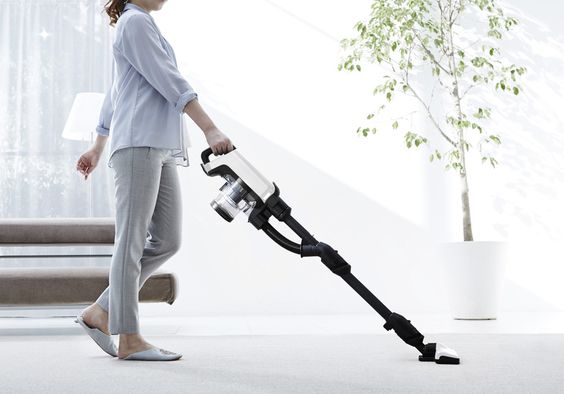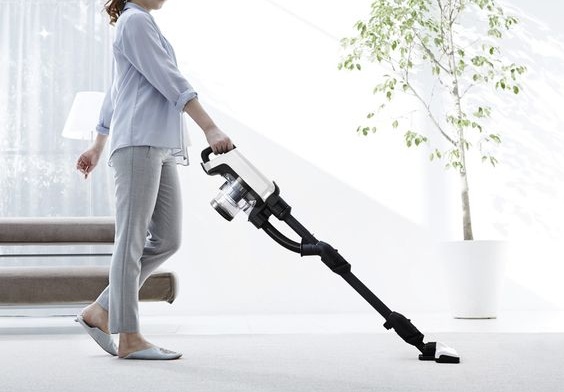Do you live or work in New York City, and spend most of your time in your apartment, office, or other buildings? The quality of the air you breathe inside these buildings can directly affect your health and overall well-being. Therefore, you should have a good grasp on what indoor air quality (IAQ) is, how it affects your health, and the steps you can take to improve it, particularly in a city like NYC where pollution, dense housing, and older buildings can make poor indoor air quality issues worse.
What Is Indoor Air Quality?
When people say ‘indoor air quality’ they’re referring to the condition of the air in and around buildings, particularly in relation to the health and comfort of the people inside. There are various factors that affect IAQ, like particulate matter pollutants, volatile organic compounds (VOCs), biological contaminants like mold, and gases like carbon monoxide and radon.
Tons of indoor air pollutants are unique to New York City and can be found in homes and workplaces. According to the New York State Department of Health, particulate matter from cooking, cleaning, and smoking can contribute to poor IAQ. Gases from stoves, heating systems, and even building materials can also make indoor air quality worse. Older buildings might have mold and asbestos, which pose many additional risks. As a result, you should think about getting regular indoor air quality inspections as an NYC resident so you can identify and reduce these risks.
Health Impacts of Poor Indoor Air Quality
Poor indoor air quality has many adverse health effects that can range from mild to severe, depending on the extent of pollution and how sensitive the person is. Short-term exposure to pollutants can cause symptoms like headaches, eye irritation, fatigue, and respiratory discomfort. On the other hand, long-term exposure can cause more serious health problems, including asthma, chronic respiratory conditions, and even cardiovascular problems.
According to the Environmental Protection Agency (EPA), poor indoor air quality disproportionately affects vulnerable populations, like children, the elderly, and people who already have respiratory or cardiovascular conditions. Asthma, in particular, is something that can both be caused by and made worse by poor indoor air quality.
Specific pollutants like radon, a naturally occurring radioactive gas that can seep into buildings, can be linked to long-term health risks. In fact, radon exposure is the second leading cause of lung cancer in the United States. Knowing these risks, you should think about having some professional indoor air quality inspections done, especially if you live in an older building or an area with a lot of pollution.
How to Improve Indoor Air Quality in NYC
Fortunately, there are many ways you can improve indoor air quality in your home or workplace and protect your health, even in urban environments like NYC with high pollution levels.
- Increase Ventilation: Proper ventilation is one of the simplest and most effective ways to improve IAQ. Opening windows and doors lets bad air out and good air in. If your ventilation options are limited, like during the winter, for example, you can use mechanical ventilation systems like exhaust fans. You can also improve your overall air circulation by increasing the fresh air intake through your HVAC system.
- Install Air Purifiers: If you’re wondering how to improve indoor air quality NYC homes or apartments, air purifiers with HEPA filters are great at reducing pollutants like dust, allergens, and particulate matter. Portable air cleaners really help get rid of harmful indoor air contaminants like cigarette smoke and pet dander. HVAC systems designed for NYC apartments are also a wise investment. When you’re picking from the best HVAC systems for NYC apartments, go for units that have air filters capable of removing microscopic pollutants and improving overall air quality.
- Control Humidity: Humid conditions are where mold thrives, so you need to control the humidity level to keep it from growing. Dehumidifiers can help keep indoor humidity at manageable levels, particularly in areas prone to moisture like bathrooms and basements. Regular HVAC maintenance and fixing leaks before they get worse will also keep mold from forming. If mold is already present, you need to hire professional mold removal and IAQ testing NYC services to ensure the safety of your indoor environment.
- Reduce Pollutants at the Source: Reducing or eliminating sources of pollution is key to maintaining clean indoor air. Simple steps include:
- Don’t smoke inside, since smoke contains thousands of harmful chemicals that linger in the air.
- Use low-VOC (volatile organic compound) paints, adhesives, and cleaning products to limit harmful gas emissions. VOCs are commonly released by household products like paints, furniture, and cleaning agents and can make your indoor air quality much worse.
- Regular Inspections and Maintenance: Scheduling routine indoor air quality inspection NYC services can help you identify hidden pollutants and prevent potential health risks. Professional inspections can detect issues like mold growth, asbestos, radon, and issues with your HVAC system that contribute to poor indoor air quality. Given the complexities of NYC’s urban environment and older building structures, having a professional assess your space gives you a comprehensive solution to any IAQ problems.
NYC Indoor Air Pollution Solutions
New York is really densely populated, so indoor air quality issues can come from numerous sources, like traffic emissions, construction, and densely packed buildings. If you live somewhere with a lot of outdoor pollution, you should invest in some indoor air pollution solutions like advanced air filtration systems and well-maintained HVAC units. You should also limit your exposure to the outside air when the pollution levels are high. Keeping your windows closed and using indoor air purifiers are good ways to limit your exposure.
Why an Indoor Air Quality Inspection Is Crucial for NYC Residents
Indoor air quality inspection NYC services play a huge role in keeping residents healthy. As buildings in the city age and environmental conditions fluctuate, there’s more potential for air quality issues. Inspections help identify and address invisible hazards like carbon monoxide, radon, and asbestos that can’t be detected without professional equipment. Additionally, these services can help determine how effective your existing ventilation and air filtration systems are, and give you personalized solutions to improve your air quality.
Understanding Indoor Air Quality in NYC
You need to maintain healthy indoor air quality in NYC for your long-term well-being, especially given the unique environmental and structural challenges posed by urban living. From regular inspections and adopting NYC indoor air pollution solutions to improving ventilation and upgrading HVAC systems, there are many ways to improve your indoor air quality. When you take these proactive steps, you protect yourself and your loved ones from the harmful effects of indoor pollutants while improving your quality of life in the Big Apple.



